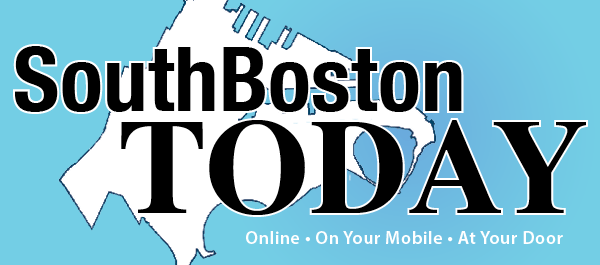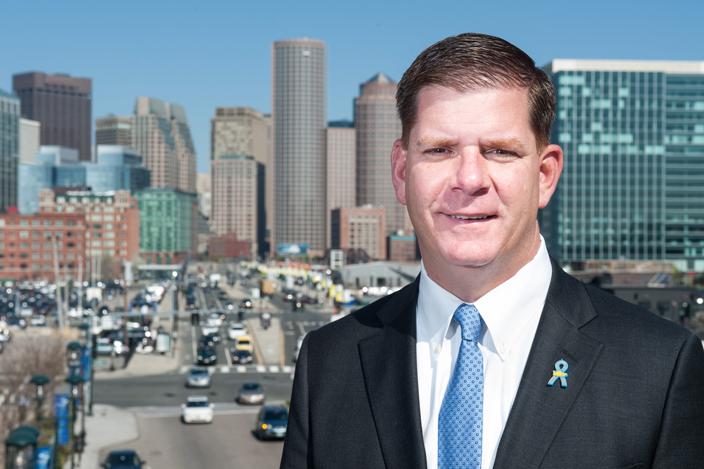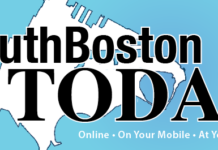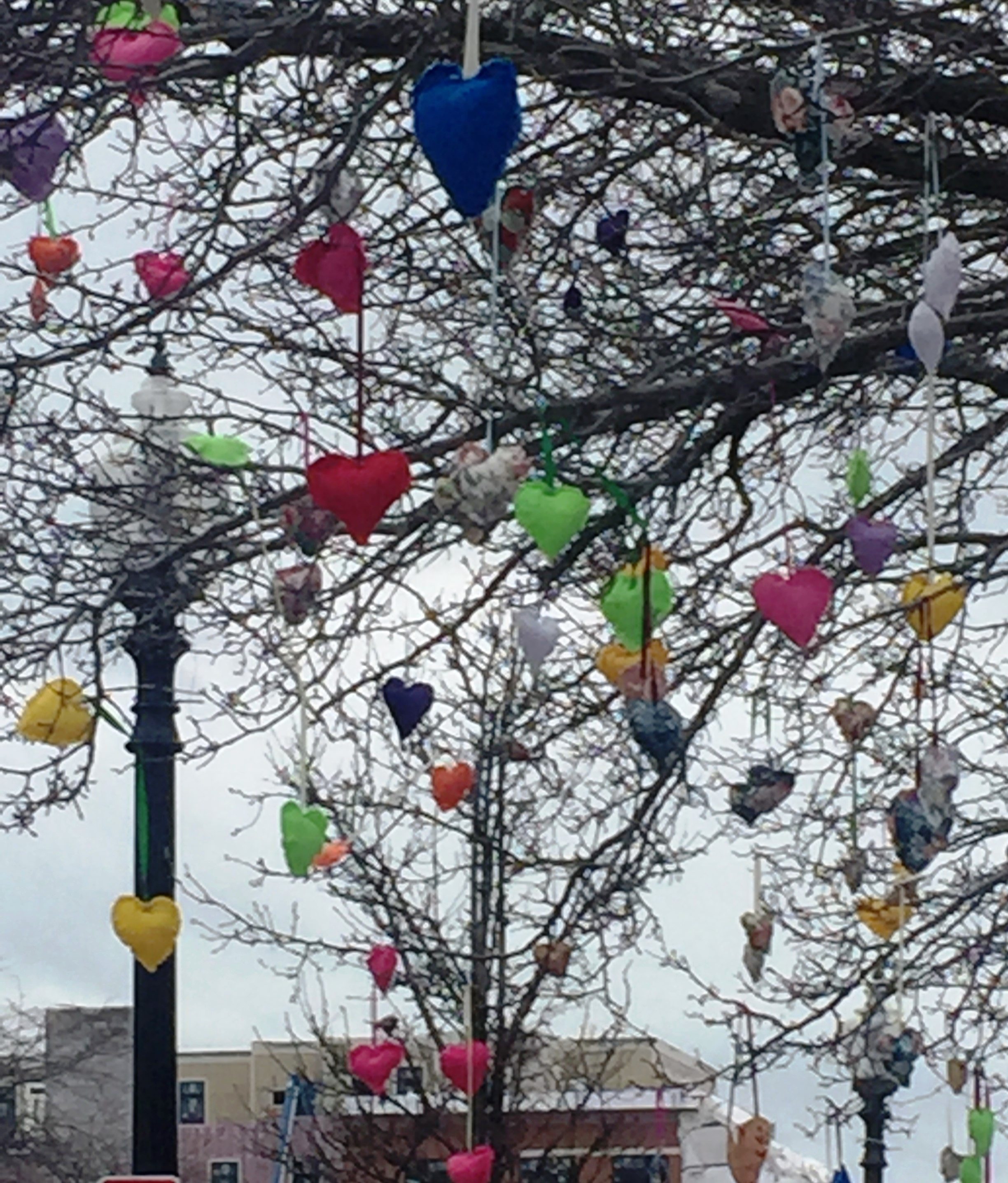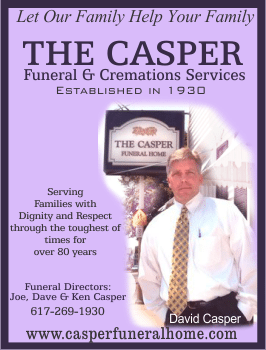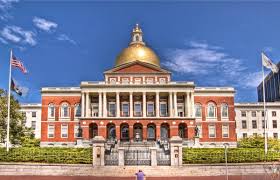 Our Transportation Plan: Go Boston 2030
Our Transportation Plan: Go Boston 2030
By Mayor Martin J. Walsh
On any given day at any given time, I can look outside my window at City Hall and see our streets alive and bustling. From tourists crossing the street to Faneuil Hall to the cars waiting at the intersection, the Government Center T-stop in City Hall Plaza and the bicyclists taking advantage of nice weather, Boston is filled with residents and visitors traveling from Point A to Point B. We are a growing and thriving city — and that’s evident by the many that occupy our streets each day. So after months of planning, thousands of residents’ input and ideas, and a long look at Boston’s future, I am proud that this month we released a transportation plan for our City: Go Boston 2030. This plan looks ahead to the Boston we will experience just a few short years from now, and begins to plan for decades in the future.
Go Boston 2030 is a plan made up of 58 different transportation projects and policies that focus on the expansion and connection of transportation options, the improvement of traffic-related safety on our streets, and efforts to increase the reliability of our system as a whole for our residents, commuters and visitors.
This plan will touch the lives of all Bostonians, and I want to thank the many, many residents who attended community meetings, shared their questions and ideas, and guided the future of our City. 5,000 ideas were submitted to the City in just the first round of our public engagement process, and in the next round, we received an additional 3,500 policy and project ideas. All together, nearly 4,000 Boston residents and others helped to prioritize the planning process by voting on their key wishes for transportation in Boston.
Through this engagement process, three priorities rose to the top: access, reliability and safety. For access, that means our goal in 2030 is to have every home in Boston be within a ten-minute walk of a rail station or key bus route, a Hubway station and a car share. For reliability, that means we’re working towards decreasing average work commute times by ten percent. For safety, that means eliminating traffic fatalities in Boston, and ensuring all households are within a five-minute walk from a protected bicycle facility or shared use path.
This is just a small list of our goals. Go Boston 2030 complements transportation initiatives that are already improving the safety and reliability of the streets including Vision Zero, Neighborhood Slow Streets and ParkBoston. Go Boston 2030 also ties into our larger, broader strategy as a City, called Imagine Boston 2030, which is a Citywide plan to knit together diverse planning efforts, public engagement and feedback, and City priorities to guide Boston into 2030 and beyond.
We know transportation doesn’t happen in a bubble. Bringing transportation into the future doesn’t just mean making upgrades — it means changing how we think about getting around in our City, like connecting residents from Mattapan and Southwest Dorchester to jobs and medical care in Roxbury, Mission Hill and the Longwood Medical and academic area.
Go Boston 2030 also reflects our traditions as a smart, innovative City: we’ve begun installing smart signal corridors and districts that have traffic lights programmed together so you don’t end up hitting every red light on your way to work.
The Go Boston 2030 Vision and Action plan is a blueprint for how the City will direct and coordinate funding between the local, state and federal levels. We’re committing to a five-year investment plan to jumpstart our policies and projects, and plan to leverage City funding to attract state funding through the Boston Region Metropolitan Planning Organization.
This plan wouldn’t have been possible without the residents that helped shape it — and we’re still looking for your input. We want to hear from you. What’s working? What’s not? What do you want to see more of?
The public input process will continue through the implementation of individual projects, and in the development of more projects and policies to be planned at a local level. I invite you to join us in planning for our City’s future, and making it easier, safer and more equitable to travel around our great City.
To find out more about Go Boston 2030, visit: boston.gov/transportation/go-boston-2030.
